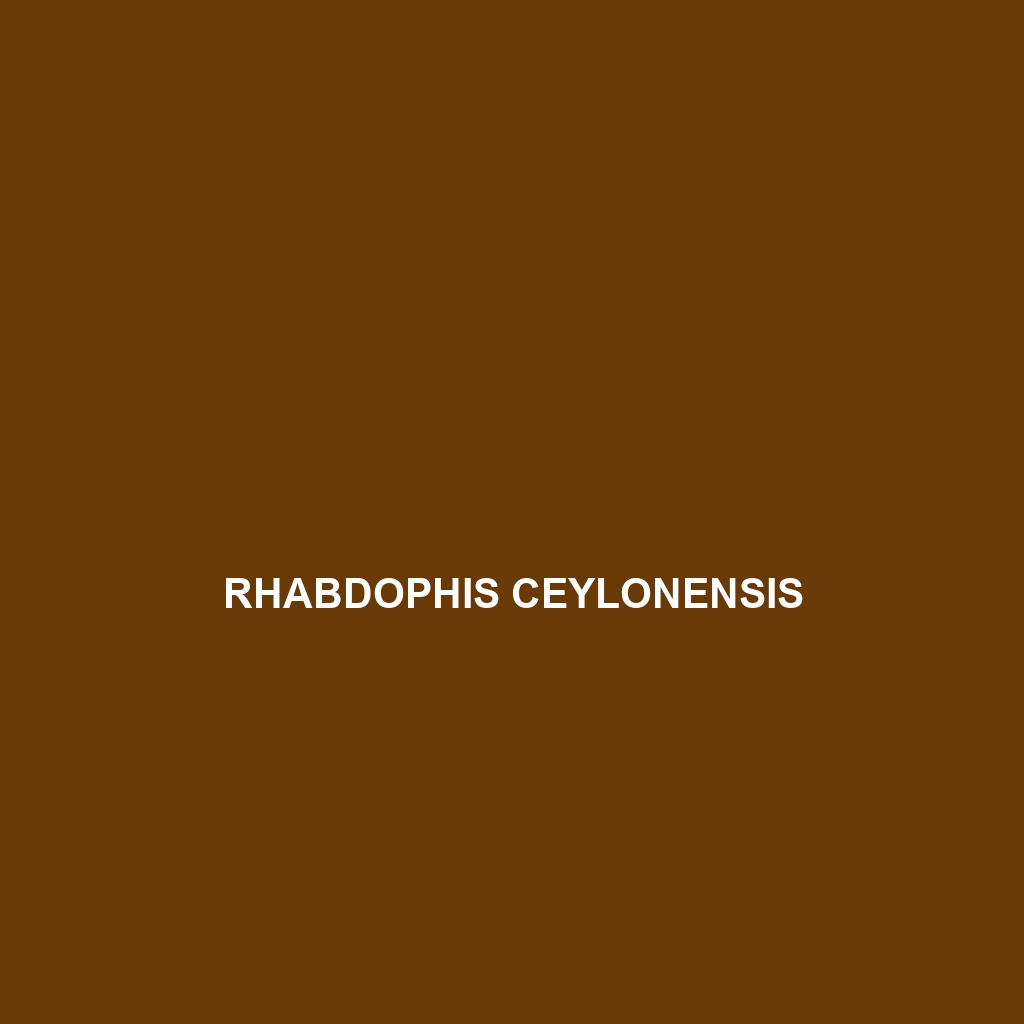Discover the Sphenomorphus acutus, or sharp-nosed skink, a slender, nocturnal lizard thriving in Southeast Asia's humid rainforests. With its distinctive pointed snout and insectivorous diet, this agile skink plays a crucial role in regulating insect populations and maintaining ecological balance.
Tag: environmental awareness
Sphaerodactylus perissodactylius
Discover the fascinating Whorled Gecko (Sphaerodactylus perissodactylius), a small, nocturnal lizard native to the lush tropical environments of the Caribbean, particularly Puerto Rico and Jamaica. With its remarkable climbing abilities and intricate camouflage patterns, this insect-eating gecko plays a vital role in maintaining ecosystem balance while thriving in diverse habitats.
Sonora michoacanensis
<b>Sonora michoacanensis</b> is a vulnerable species found in the temperate forests and scrublands of Michoacán, Mexico. This nocturnal insectivore features a slender body measuring 20 to 30 cm with striking sandy brown and olive green coloration, playing a vital role in its ecosystem by regulating insect populations.
Sonora michoacanensis
<b>Sonora michoacanensis</b> is a vulnerable species found in the temperate forests and scrublands of Michoacán, Mexico. This nocturnal insectivore features a slender body measuring 20 to 30 cm with striking sandy brown and olive green coloration, playing a vital role in its ecosystem by regulating insect populations.
Rafetus euphraticus
<strong>Rafetus euphraticus</strong>, commonly known as the Euphrates softshell turtle, is a critically endangered species native to the freshwater environments of the Middle East, distinguished by its large, flattened carapace and strong territorial instincts. This omnivorous turtle plays a vital role in maintaining biodiversity and water quality within its habitat while facing significant threats from habitat destruction and pollution.
Ptyas korros
<p><b>Ptyas korros</b>, known as the Indo-Chinese rat snake, is a non-venomous carnivore native to Southeast Asia, thriving in various habitats such as rainforests and savannas. Characterized by its slender body, vibrant coloration, and agile climbing abilities, it plays a crucial role in controlling pest populations while maintaining ecosystem balance.</p>
Pseudoxyrhopus ambreensis
Pseudoxyrhopus ambreensis is a slender, arboreal snake native to Madagascar's rainforests, reaching lengths of 80 to 120 cm and displaying unique camouflage patterns in shades of brown, yellow, and cream. This nocturnal predator plays a vital role in its ecosystem by controlling prey populations and serves as a food source for larger animals, while also facing conservation challenges due to habitat loss.
Pseudoeryx relictualis
<p><b>Pseudoeryx relictualis</b>, also known as the relic snake, thrives in tropical rainforests and subtropical areas, exhibiting a striking deep green coloration with ornate patterns for effective camouflage. This omnivorous species plays a vital role in its ecosystem through seed dispersal and serves as both a herbivore and prey, showcasing remarkable adaptability and unique social behaviors.</p>
Pseudocerastes urarachnoides
Product Overview: Discover the fascinating Persian Horned Viper (Pseudocerastes urarachnoides), a unique snake known for its striking triangular head and distinctive horn-like structures. Native to arid regions of the Middle East, this nocturnal predator expertly blends into its environment while feeding on small mammals, birds, and lizards, making it a remarkable addition to any reptile collection.
Rhabdophis ceylonensis
<b>Rhabdophis ceylonensis</b> (Sri Lankan Green Pit Viper) is a striking, primarily nocturnal snake known for its vibrant green coloration and distinctive triangular head. Found in the dense rainforests of Sri Lanka, this carnivorous species plays a crucial role in its ecosystem by controlling small mammal and amphibian populations.









